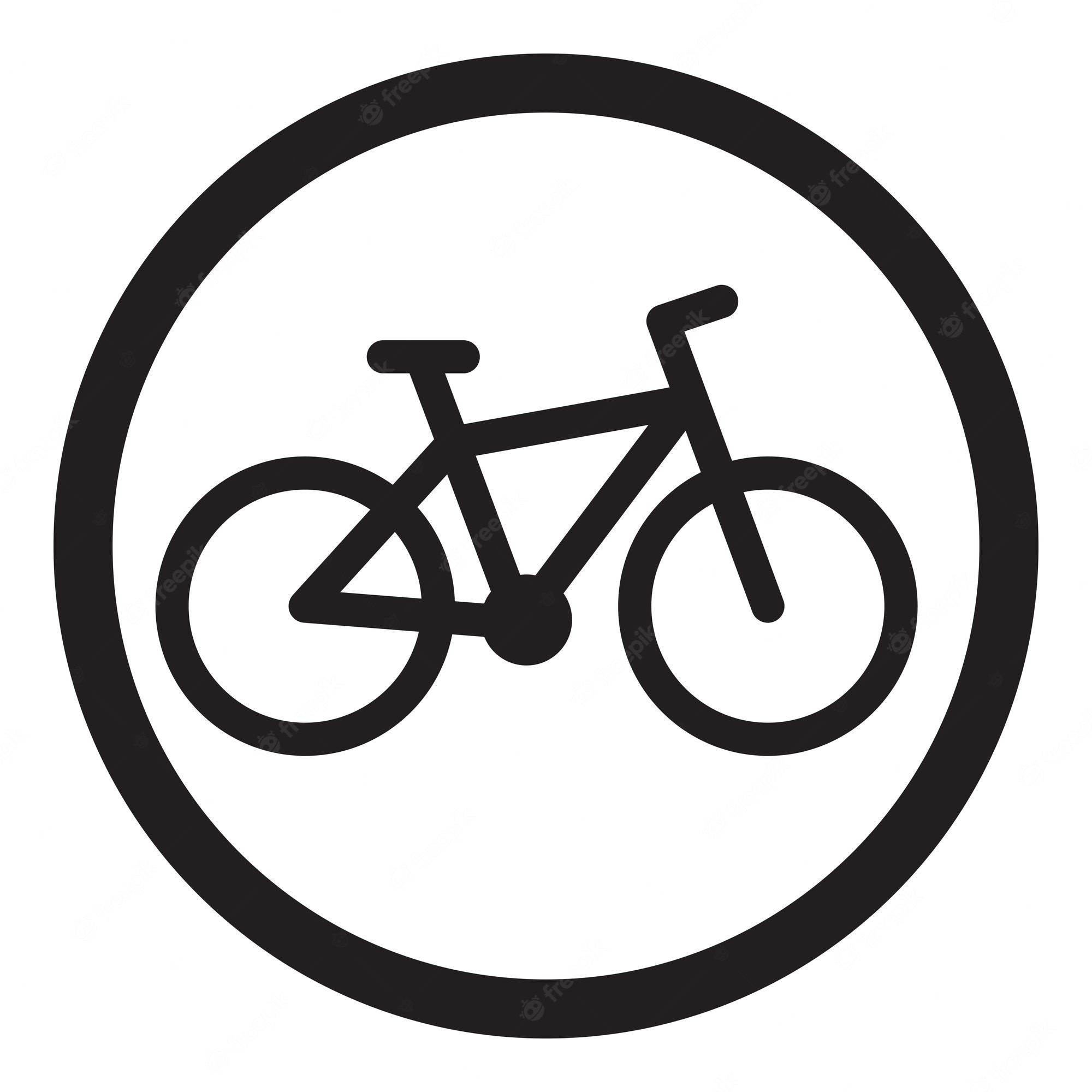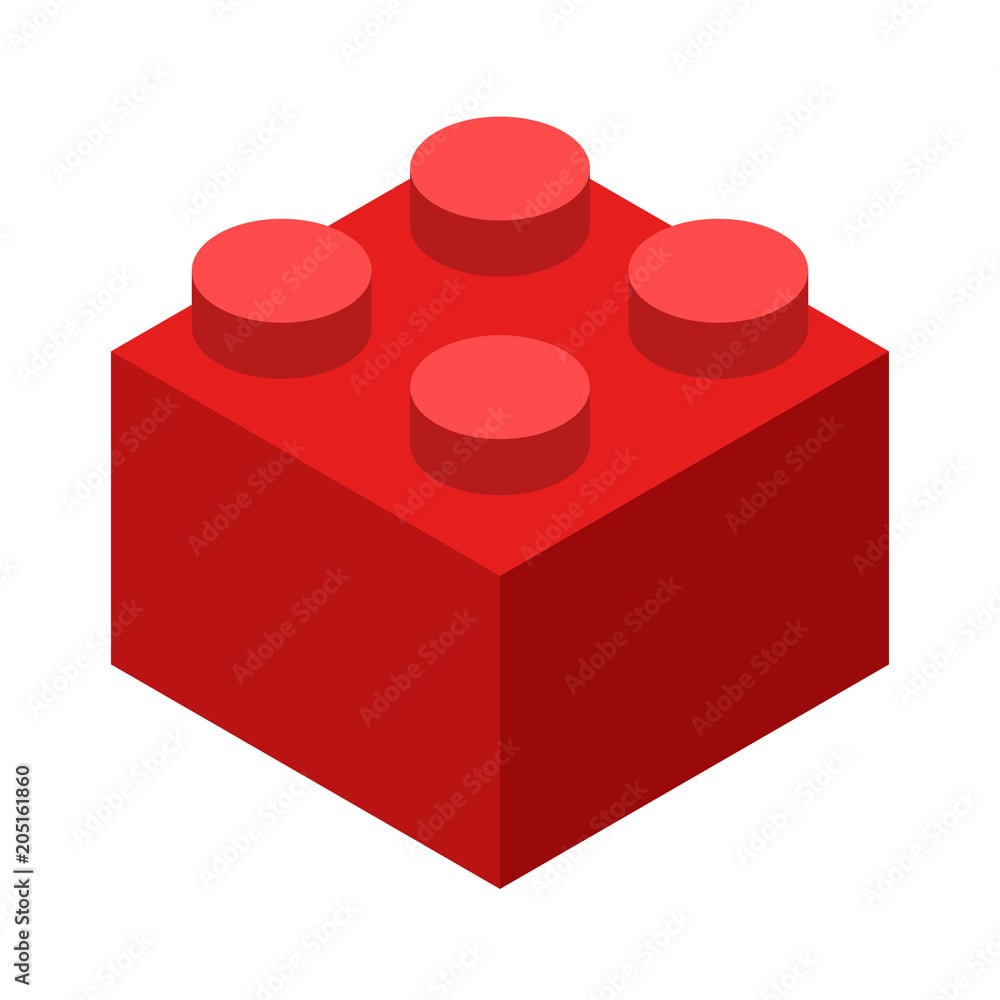- 3 Posts
- 65 Comments
I don’t think I’d really view it as a typical first gen product; Kralyn has been working on it for quite a while and first showed it off 3 years ago. I saw a demo of LDO’s V3.2 at a RepRap Festival and it looks pretty solid.
I haven’t watched the videos in quite a while but I’m sure there are demos of bed leveling, which would be my only real concern with unpacking and repacking it frequently.
That said, since I haven’t owned one myself I can’t say “you should buy this!!1!”. Do you have the budget and time to start with another less-portable model at home to confirm you’re really into printing enough to spend the money on a positron? You don’t need a ton of space to store a Prusa MK4 when it’s not in use, and the robust frame plus fantastic bed probing mean there’s no calibration required after moving it.
If you think about bed adhesion, the forces on a light plastic part from gravity are negligible. Think of how much force it takes to pop a finished part off the bed compared to the weight of the part. When you have adhesion problems, I’m sure the plastic shrinkage is causing pretty large forces (or on a tall part the nozzle bumps the top of the print and has a long lever arm to pry the part off the build surface).
I haven’t bought used myself, but based on my own experiences with my printer (MK4; I love it) I don’t think there’s a ton to worry about buying a used quality printer. I would not buy a used low-end printer because the odds are much higher that the seller found it frustrating.
A used Prusa MK3S is probably an excellent choice if a Prusa MK4 kit is out of your budget and a Bambu printer is out of your budget or doesn’t meet your other requirements. The seller probably either realized they don’t actually print often, or upgraded to a MK4 (or XL if they had the budget). While you can upgrade a MK3S to MK4 with Prusa’s upgrade kit, the cost of the kit is so close to just buying an MK4 that it’s not worth doing (and Prusa admits this; they only offer it because of the flak they got for not doing such a kit in the past). The MK3.5 or 3.9 upgrade kits could make sense for some people…but in many cases someone looking to upgrade would likely leave the MK3S untouched and just buy an MK4.
Do you want the printer to be a tool, or a hobby (i.e. you don’t mind fiddling with the printer itself to improve the results, you don’t mind spending more to upgrade components, etc)?
If the printer itself is a hobby you can go cheap, but if you want something reliable you don’t have to mess with or upgrade, I’d suggest getting something as nice as you can afford, maybe a Prusa mini or Bambu A1 mini if you don’t care about open source. Also consider something like a used Prusa Mk3.x.
You’re affecting the hardness of the metals if you’re heating them to glowing point, because you’re heat treating them. The actual consequence is probably minimal, but you could potentially be softening the brass tip which could affect the rate of wear. From skimming a few random online sources, brass is only work-hardened, so if the nozzle was previously hardened, you’re un-hardening it (apparently quenching from high heat only hardens ferrous metals like iron and steel?).

 3·2 months ago
3·2 months agoWell, that’s the key… “still being worth getting”. The $100 special Ender 3 at monoprice probably isn’t worth getting for many people because of the frustration involved.
And so in reality the best answer for the question depends on each individual’s time-money tradeoffs.

 1·3 months ago
1·3 months agoThanks for this. I was worried about how some of my filament was wet in a very dry winter, but this explains why it broke in the spots it broke.
Does this apply to printed parts that are under load as well, then, or are they safer because they don’t get bent/unbent the way filament does (assuming you aren’t trying to do a living hinge or other flexing design)?

 61·3 months ago
61·3 months agoOn the other hand, an experienced driver might forget it’s there since they never use it. Add in a high-stress situation, and you get a problem.

 3·3 months ago
3·3 months agoNow imagine you’ve been driving the Tesla for a long time and don’t ever use the manual release because you’re not supposed to so you don’t mess up the window. And then imagine you’re in a high-stress situation. That’s how having an unmarked backup can fail.
Plus, that handle doesn’t even look like a normal handle - I have never see a car where you pull up to exit instead of sideways away from the door.

 2·3 months ago
2·3 months agoOn the other hand, if you never use the mechanical release and have spent a long time only driving your Tesla, wouldn’t it be possible to forget it’s there while in a high-stress situation?

 1·4 months ago
1·4 months agoLower cost products sometimes have more variability and maybe you got a good one from the factory.

 3·4 months ago
3·4 months agoThis is an interesting suggestion. The unsupported overhangs at the transitions are part of why I don’t like using gyroid infill; I don’t need my infill to introduce new potential problems in a print. That said, reducing layer height would be disappointing in most cases because I also don’t need my infill to slow the print down (and with some filaments, it’s also pretty visible), so the other suggestions might be more difficult-but better-ideas. It’d be cool to try a patch someone submits.

 131·4 months ago
131·4 months agoDid they describe the types of user error that could cause this?

 7·4 months ago
7·4 months agoOr too thin (much less than one layer height)?
It’s not necessarily fluff; features do matter, but which ones matter and how much they matter is complicated. Do you want to tinker with a printer, or do you just want a tool that works?
If you want a tool, I recommend a Prusa or maybe a Bambu. My Prusa just does what I ask it to; I’ve done zero calibration, optimization, tweaking, etc. Cheaper printers often require understanding bed leveling, figuring out how to adjust them best, etc. or vary more copy-to-copy (so one Ender 3 might work great, while another might be a source of frustration) or require upgrades to really become enjoyable.
Do you have a budget? Or is it just about making sure you’re getting your money’s worth (so $2000 is fine if it’s 10x better than a $200 printer)?

 3·4 months ago
3·4 months agoYup. My kid found the idea hilarious when I explained why I’d swiped a washable glue stick from the arts and crafts box.
It hangs on well, but also makes removal easier.

 2·4 months ago
2·4 months agoYou could always try it…
I use PEI instead of glass and find that a thin layer of glue stick works great for helping sticky materials release.

 14·5 months ago
14·5 months agoSure. And you can import them too if you’d prefer.




They definitely don’t know what they’re doing. They featured this one, which is a death trap. It has a disclaimer that it might not be safe above 120V, but it’s absolutely unsafe and a code violation in the US, where we use 120V (and are very litigious). The disclaimer says they’re trying to get it approved which implies they believe it could be and that the design is sound, but fundamentally it cannot meet code in the US for mains voltage use.
Even if the design were sound, there are material requirements, and having seen the quality of prints some people find acceptable, there’s no chance allowing random people online to print their own boxes is safe.
I think they basically run the contests and feature things based on “ooh this is neat” and “this will excite people to use 3d printers”. It’s a marketing thing, and I guess I accept it because I have low expectations of even pretty-good businesses. But if it’s illegal…someone should probably let them know.